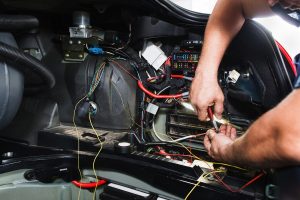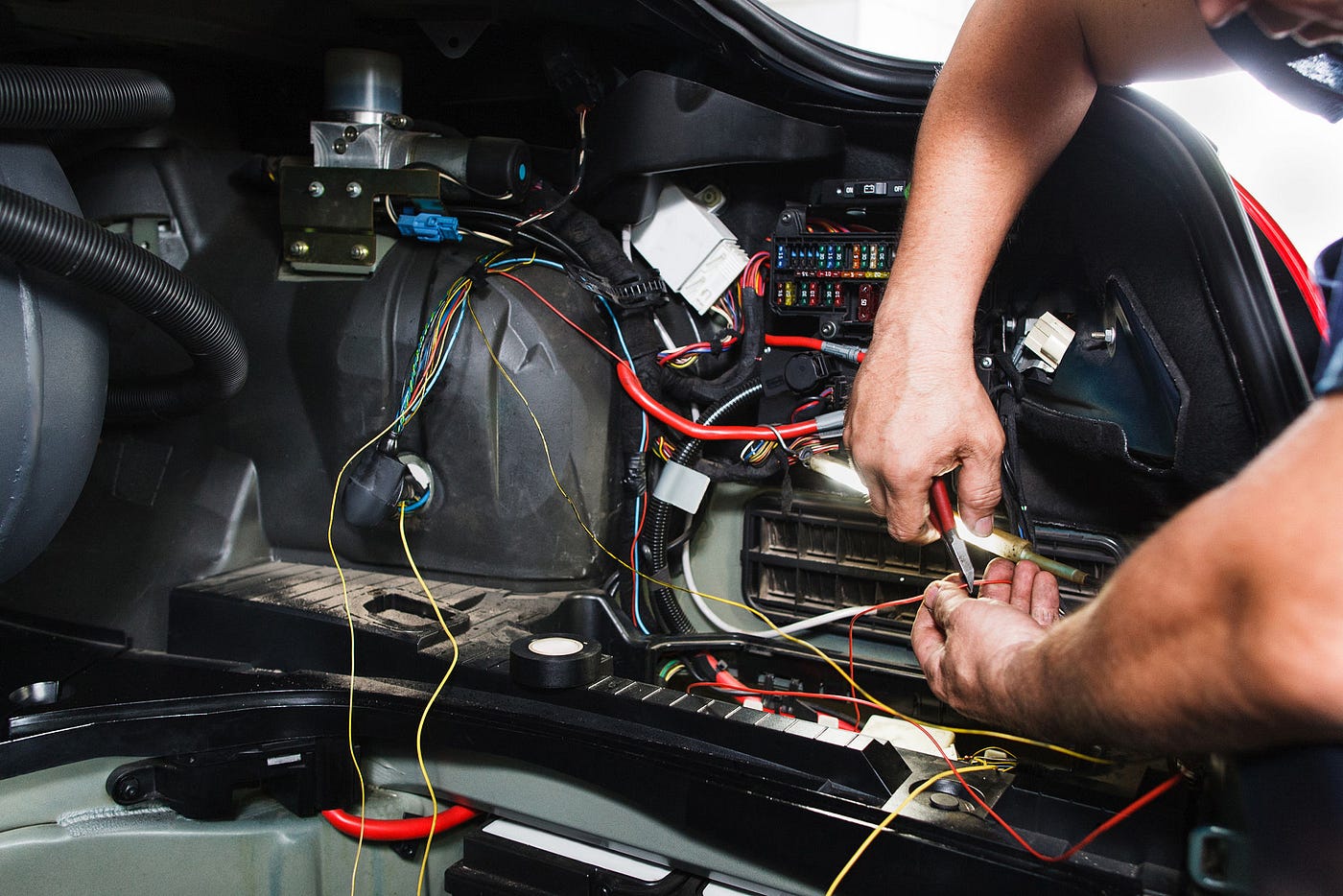What is an Auto Electrical System?
Modern vehicles are complex machines that rely heavily on sophisticated electrical systems to ensure smooth
operation and optimal performance. Understanding the basics of auto electrical systems is crucial for
vehicle owners, enthusiasts, and anyone interested in the inner workings of cars.
Components of an Auto Electrical System
Auto electrical systems comprise a network of components that work together to power various functions within
a vehicle. Here are some key components:

1. Battery
The battery is the heart of the auto electrical system. It stores electrical energy
and provides the initial power to start the engine. Additionally, the battery supplies power to
accessories when the engine is not running.
2. Alternator
The alternator is responsible for charging the battery while the engine is
running. It converts mechanical energy from the engine into electrical energy, ensuring a constant
supply of power to the vehicle’s electrical system.
3. Starter Motor
The starter motor plays a crucial role in the ignition process. It engages the
engine’s flywheel, initiating the engine’s rotation and starting the vehicle.
Functions of Auto Electrical Systems
Auto electrical systems are integral to a vehicle’s functionality, providing power to essential components
and enabling various functions. Here are some key functions:

1. Ignition System
The ignition system is responsible for starting the engine. It coordinates the
timing of spark plug firing, ensuring the combustion process begins at the right moment for optimal engine
performance.
2. Lighting and Signals
Auto electrical systems power the vehicle’s lights and signals,
including headlights, brake lights, turn signals, and interior lighting. Proper functioning of these
components is crucial for safety on the road.
3. Climate Control
Many modern vehicles feature climate control systems that rely on the auto
electrical system. This includes air conditioning, heating, and ventilation systems, enhancing driving
comfort.
Maintenance and Troubleshooting
Regular maintenance of systems is essential for preventing issues and ensuring reliable
vehicle performance. Here are some maintenance tips and common troubleshooting steps:
1. Battery Care
Keep the battery terminals clean and free of corrosion. Regularly check the
battery’s fluid levels and recharge or replace it as needed. Ensure a secure connection to prevent
starting problems.
2. Alternator Inspection
Periodically inspect the alternator for any signs of wear or damage. Pay
attention to warning lights on the dashboard, as they may indicate charging system issues. Address
problems promptly to avoid battery depletion.
3. Starter Motor Issues
If the starter motor fails to engage or makes unusual sounds, it may require
attention. Check for loose connections, and if problems persist, consult a professional for further
diagnosis and repair.
Understanding the intricacies of systems empowers vehicle owners to take proactive measures
in maintaining their vehicles. Regular inspections and prompt attention to issues contribute to a
trouble-free driving experience.
By delving into the world of systems, individuals gain valuable insights into the
technological advancements that drive modern vehicles. Whether you’re a car enthusiast or a casual
driver, appreciating the role of auto electrical systems enhances your overall understanding of
automotive technology. https://gatesheadautoelectrics.com.au/auto-electrics-and-air-conditioning-newcastle/

